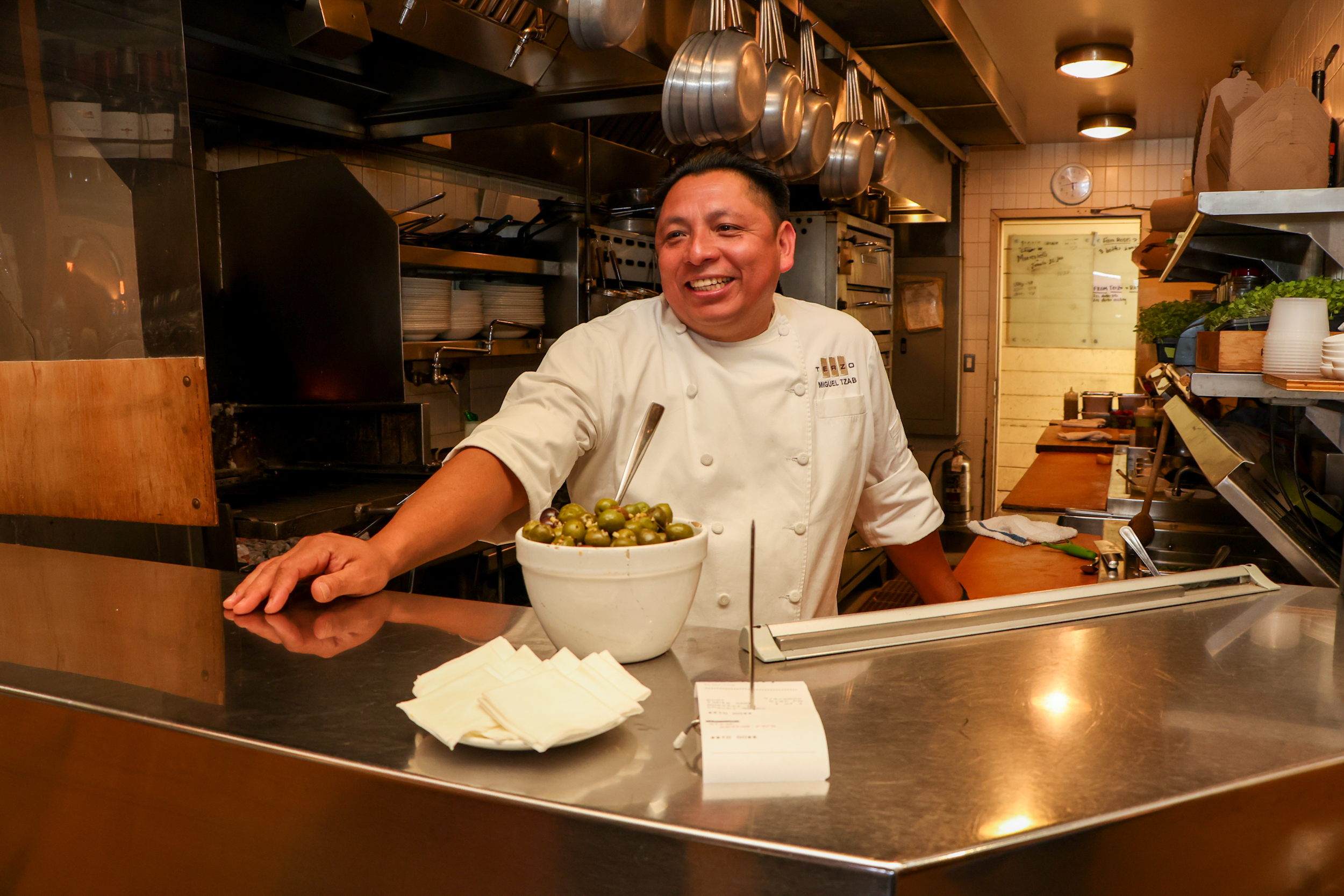A confluence of the Great Resignation, high cost of living and Covid has left the San Francisco restaurant industry so short-staffed that restaurateurs are offering unprecedented perks for new hires.
Medical, dental, vision insurance and 401ks? These days, that’s just table stakes. How about unlimited PTO, signing bonuses, pet insurance and group meditation retreats?
Al’s Place, which was crowned America’s best new restaurant by Bon Appétit in 2015, is so desperate for line cooks that it is offering a $5,000 new hire bonus, on par with what some corporate professionals receive. And pet insurance, which only one-third of Fortune 500 companies provide, is becoming an increasingly common offering for local restaurants.
Swashbuckling celebrity chefs like Anthony Bourdain popularized the belief that restaurant staff had no choice but to put up with physically grueling jobs, not to mention abuse from customers and enraged chefs. But the severe staffing shortage is changing the face of restaurant work. Just like tech companies have to compete over highly trained engineers, restaurant owners are now putting more focus than ever on recruiting and employee happiness.
“Restaurants are just trying to do anything they can at this point,” said Amy Cleary, a spokesperson at the Golden Gate Restaurant Association, a trade association for local restaurants. “This was an issue pre-pandemic, and it’s more extreme now. This is the worst I have ever seen it.”
It’s a nationwide trend: according to the Bureau of Labor Statistics, the food services labor category in the U.S. has the highest percentage of employees who quit and the highest percentage of new job openings.
The employee squeeze is worse in the Bay Area, where cost-of-living was already causing labor issues before Covid. Compared to pre-Covid, the number of restaurant workers in San Francisco and San Mateo counties has declined by 18%, according to the San Francisco Office of Employment and Workforce Development.
Local restaurateurs think those workers may never come back. Because employment was so tenuous during Covid, some workers permanently switched to other occupations. And restaurant workers tend to be young adults, many of whom moved out of the city during Covid.
“The exodus out of San Francisco really impacted the availability of staff,” said Stephanie Yee of Willow Tree Recruiting, a staffing company for hospitality management. “So when everybody started rehiring, lo and behold, there’s no staff left.”
Certain roles are more in demand than others. If there is an engineer equivalent for the restaurant industry, it would be the line cook, responsible for turning dishes according to the chef’s specifications. It requires a high level of training and skill, and the stamina to be standing for hours on end.
“If you can’t get a really good piece of fish out to your diners, a lot of other things you do won’t really make a difference,” said Cleary.
Upper-level management positions, which are high stress and require experience, are also difficult to fill. Wages have gone up 10 or 20 percent in the past year, Yee said. For example, general managers at fast casual restaurants are making $90,000 to $100,000 these days, compared to $80,000 a year ago, she said.
In addition to benefits, many restaurants are doubling down on culture, which helps with employee retention.
Benson Wang, who owns multiple restaurants in the city including Palm House and The Dorian, said they start each managers’ meeting with breathwork or meditation, followed by a moment of gratitude.
In March, all of his employees—from general manager to dishwasher—are invited to participate in “Mindfulness Month,” where mindfulness is gamified. Employees form groups and get points for learning stress-reducing tools and hear from speakers on subjects like Ayurvedic medicine and the growth mindset.
“In order for us to serve others, we need to serve ourselves first, and we often forget that,” Wang said.
Laurie Thomas, who owns Terzo and Rose’s Cafe, said she is accommodating flexible scheduling and extended employee vacations, which were never par for the course before Covid.
But restaurant jobs can never be as cushy as tech jobs: Nobody can work remotely, odd hours are required and the industry isn’t awash in venture capital dollars. Restaurants are now put in a difficult position, with reduced hours and employee no-shows becoming more common. Those who are left are the ones who are passionate about food and hospitality.
“Fifteen dollars a day for gym memberships and having coconut water in the fridge is not something that restaurants can afford,” said Wang. “But there’s a lot of purpose in what we do.”
